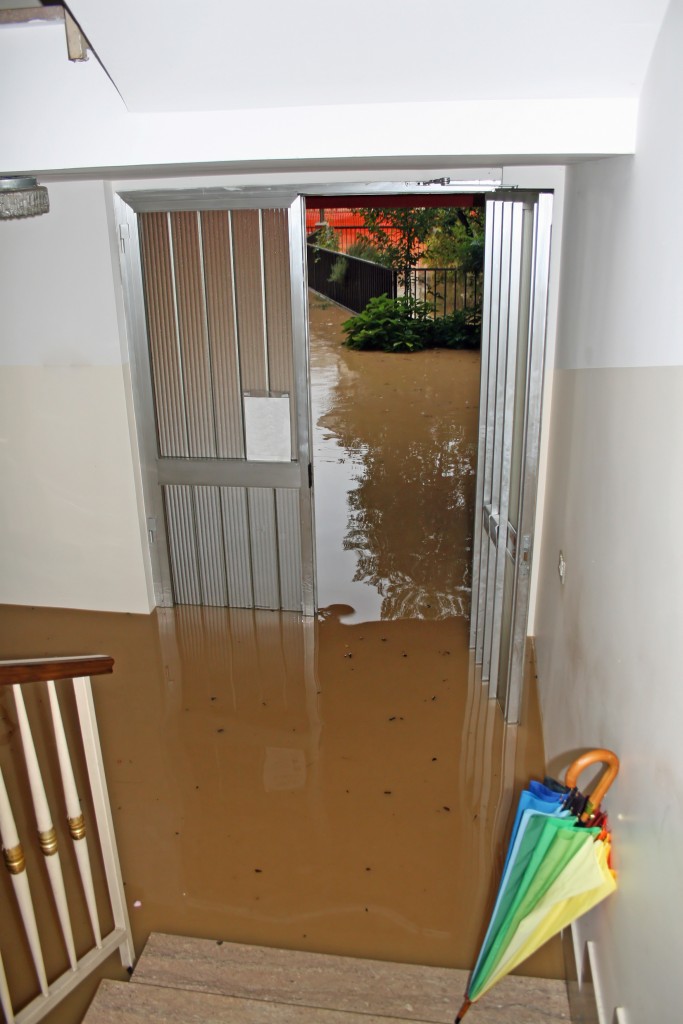As flooding incidents become more common and severe due to climate change, homeowners have to find ways to make their homes safe from being submerged in the dirty floodwater.
How contaminated is floodwater?
Floodwater is filled with contaminants such as chemicals, industrial waste, agricultural waste, sewage, and other types of bacteria that can harm humans, animals, and even objects. Floodwater exposure can lead to catastrophic health problems because they can carry anything from animal to human waste.
According to the United States Environmental Protection Agency (EPA), substances like raw sewage and hazardous chemicals get into the water. This is attributed to storage facilities of industrial chemicals and solvents being disrupted and moved by the surge of floodwater.
EPA strongly advises against making contact with floodwater due to the level of contamination.
How can you make your house floodproof?
Floods are not only heavily contaminated, but they have the ability to destroy a home and everything that is in it. How can you ensure that your property is protected from this disaster?
1. Make a risk evaluation
If you are still in the stage of purchasing a home or just purchased one, it is a good measure to find out if the property has ever experienced flooding—no matter the intensity. Some U.S. states require real estate documentations to include information relevant to a property’s flooding risks.
The best way to find out? Ask neighbours. If they have been there for a long enough time, they can give you viable information about the home and the neighbourhood it is in.
2. Secure a flood insurance policy
If your home is situated within a floodplain, or an area of land located next to a river or a stream of any body of water, this measure should be one of your top priorities when it comes to floodproofing. The location itself is a crystal clear give away of what you will be going through during heavy rains.
By law, you will be required to have your humble abode insured if standing within a flood zone. This is to avoid homeowners from relying purely on government aid when it comes to disaster assistance to cover the damages of a flood to their homes.
Flood insurance should not only be a must for homeowners living in flood-prone areas, but it should also be a staple for every home, even for the ones with minimal flood risks. This includes even people who live in apartments or buildings that seem impossible to be flooded. They should at least get minimal coverage to ensure protection.
3. Install your HVAC aboveground
Heating, ventilation, and air conditioning systems should be installed where water levels cannot reach them during floods. They should be installed with these environmental occurrences in mind to protect the owner from exorbitant repair and replacement costs.
HVAC equipment is highly susceptible to water damage because it is not made to stand submerged in contaminated water. Even though they are normally installed in the lowest level of a home, they are still not equipped to withstand floods.
4. Pay attention to your in-house sewage system

If you live in a place where there is persistent flooding, you are aware of sewage systems being one of the first parts to get flooded. They contain all types of waste and can be difficult to clean. Given that most sewage systems that get flooded are the ones in public, it is still a safe guarantee to have your home’s own sewage system fitted with quality stainless pipes to ensure normal flow.
5. Change the outdoor landscape of your home
If you are passionate about home remodeling, this is a good chance for you to improve your home’s aesthetics while also keeping it safe from floods. A good way to prevent your home from being submerged in floodwater is to create a porous outdoor landscape that will seep water into the ground instead of letting it flow to your home.
Swales can also help direct floodwater away from your house. You can also use gravel, brick, and absorbent materials to design your yard for flood protection.
Now that you know the basic steps of making your home safe from being submerged in contaminated floodwater make sure that you are ready whenever you have to evacuate—which cannot be avoided if you live in an area prone to flooding. This can also happen even if your area is not prone to floods. Preparation and alertness are still your best picks when it comes to floodproofing your home.

